 E-MAIL
E-MAIL
Gas welding machine is a machine, electricity, gas trinity equipment, in the use of the process, for its problems should be understood, analyzed and solved from three aspects. Generally speaking, can not welding for circuit fault, bad welding for mechanical fault, welding is not good for process problems or protection gas impurity, gas path problems and other reasons. This is a reflection of experience, and the latter two account for 90% of the questions.
Users in the encounter of arc instability, welding effect is not good, air holes and other abnormal phenomenon, do not prematurely conclude that the failure of CO2 welding machine, the occurrence of the above problems or abnormal phenomenon, often have the following factors: Such as blown fuse, loose fastening part, forget switch, improper parameter adjustment, cable break, gas hose crack leakage, CO2 welding gun damage, these faults and abnormal phenomena can be eliminated by the user. If the circuit fault cannot be removed, you can go to the local sales outlets for after-sales treatment.
Next, we will explain to you what problems are easy to encounter in the process of gas welding, what defects are easy to produce in the weld and what preventive measures.
Welding pore
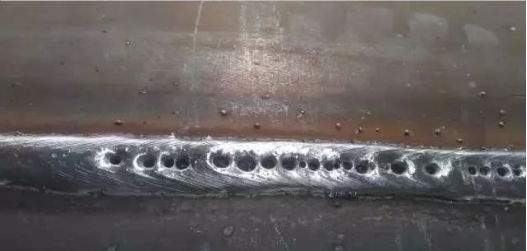
Cause
1. Gas regulator flowmeter is damaged or frozen and blocked;
2. The set value of gas flow does not match;
3. Failure of the welding gun body;
4, solenoid valve failure;
5, the surface of the base material has oil, dirt, rust, paint film or welding wire extended too long;
6. Rust or other quality defects on the surface of the welding wire.
Preventive measures
1. Replace the flowmeter or heat the gas flowmeter;
2, adjust to the appropriate airflow value;
3. Replace the welding gun;
4. Replace the solenoid valve;
5. Clean the surface of the base metal, and adjust the length of the welding wire to the appropriate length;
6. Replace the welding wire.
The welding current is unstable
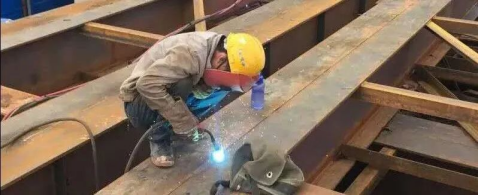
cause
1, the input and output cables are too long and too fine to cause current instability;
2, the wire feeding mechanism has damage and wear phenomenon;
3. Aging of wire hose;
4, welding gun head wear, damage phenomenon;
5, conductive nozzle wear serious (or aperture wrong).
Preventive measures
1. If the input and output cables are too long, use cables with larger diameters;
2. Replace the new wire feeding mechanism;
3. Replace the new wire hose;
4. Replace the welding gun head;
5. Replace the new conductive nozzle.
The wire feed is unstable
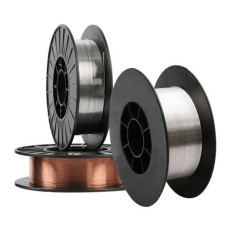
cause
1. Large resistance of wire hose;
2. Improper adjustment of wire feeding pressure;
3, poor welding wire, welding wire cross, uneven diameter or hard bending;
4, the size of the conductive nozzle is wrong or the inner diameter is too small;
5. There is dirt in the wire feeding wheel;
6. The bending radius of the welding torch cable is small, and the bending radius should be greater than 300mm.
Preventive measures
1. Clean the wire hose with compressed air or replace the wire hose;
2, adjust the pressure arm, select the appropriate wire feeding pressure;
3, choose good quality welding wire;
4. Select a conductive nozzle matching the diameter of the welding wire;
5. Clean or replace the wire feeding wheel in time;
6. Make the torch cable straight as far as possible during welding.
Arc instability
cause
1. The output voltage is unstable;
2, the wire is not stable;
3. Poor quality of welding wire;
Preventive measures
1, try to keep the dry elongation of welding wire unchanged;
2. Check wire feeding during welding to ensure smooth wire feeding;
3. Select welding wire with good quality;
The welding wire adheres to the conductive nozzle
cause
1, the length of the welding wire is too small;
2, the gas flow is too small;
3. The spatter in the nozzle is not removed in time;
4, welding parameters do not match.
Preventive measures
1, choose the appropriate dry elongation;
2. Adjust the appropriate gas flow rate;
3. Clean the spatter in the nozzle in time;
4. Select appropriate and matched welding parameters.
Welding splash

cause
1. Welding current does not match with voltage;
2, the inductance does not match, the larger the current is, the larger the inductance is;
3. The welding wire is extended too long or too short;
4. There are rust and oil stains on the surface of base metal and welding wire.
Preventive measures
1.adjust the matching current and voltage value;
2. adjust the appropriate inductance value according to the current;
3. choose the appropriate dry elongation;
4.Clean the surface of the base metal or replace the welding wire.
Crack in weld
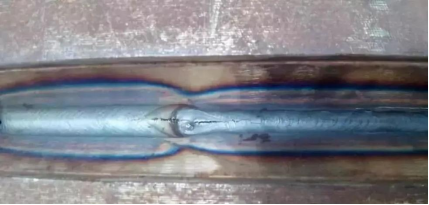
cause
1. Welding wire or workpiece is not clean;
2. welding wire quality is not good;
3. the first welding seam is too thin;
4. The current and penetration are too large.
Preventive measures
1. Replace the new welding wire and clean the workpiece surface;
2. Select welding wire with good quality;
3. increase the width of the pass;
4. adjust the welding specification, control the penetration.
A serpentine pass appears during welding 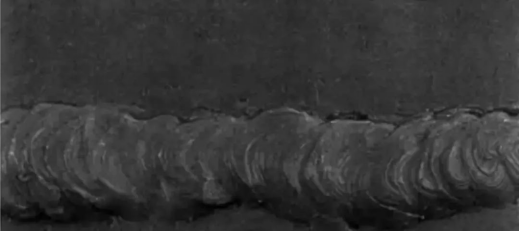
cause
1, conductive nozzle wear serious;
2. The conductive nozzle is loose;
3. The mouth of the wire feeding tube is too large;
4, dry elongation of welding wire is too large;
5, welding wire alignment adjustment is poor.
Preventive measures
1. Replace the new conductive nozzle;
2. Tighten the conductive nozzle;
3. Regular maintenance and cleaning of wire feeding tube or replacement of new wire feeding tube;
4, choose the appropriate dry elongation;
5, adjust the scale of the pressure arm, choose the right pressure.
Underpenetration
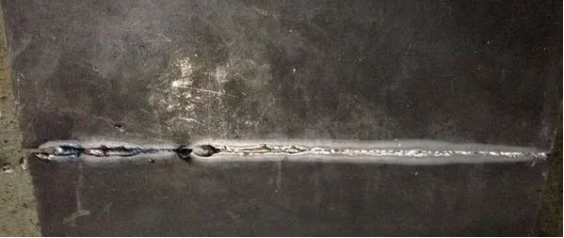
cause
1. Small welding current and shallow melting depth;
2. groove and clearance size is unreasonable, blunt edge is too large;
3. the arc is too long;
4. Poor cleaning between layers and welding roots.
Preventive measures
1. Adjust and select the appropriate welding current;
2. The design of groove and gap size should be reasonable.
3. reduce the arc length;
4. Clean the interlayer and welding root.
Weld through
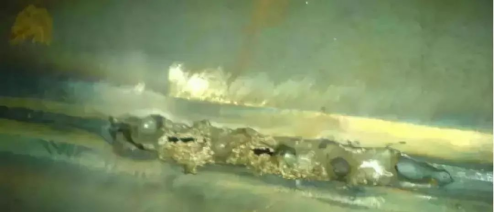
cause
1. Welding current is too large;
2, the welding parts heated too much;
3, groove butt clearance is too large;
4, welding speed is slow, arc residence time is long, etc.
Preventive measures
1. Select appropriate current parameters;
2. When heating welding parts, attention should be paid to the temperature should not be too high;
3. Groove and clearance design should be reasonable;
4. Accelerate the welding speed appropriately.
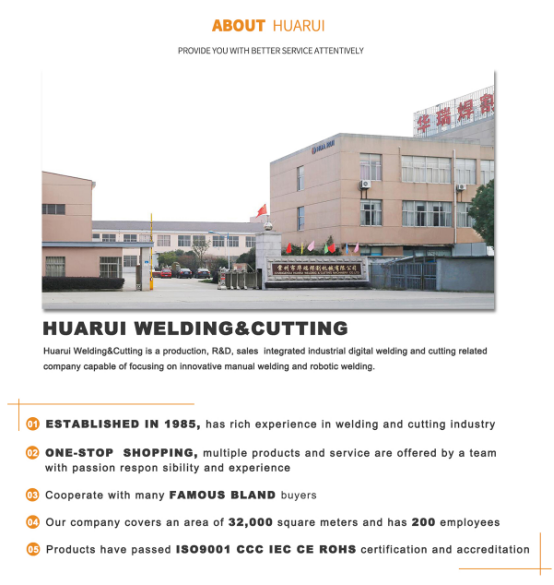
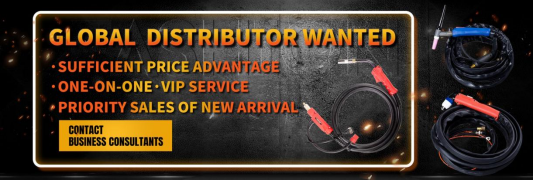
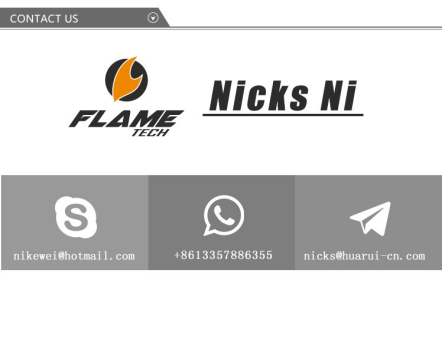

 master@huarui-cn.com
master@huarui-cn.com 86-519-86371071
86-519-86371071 86-519-86371072
86-519-86371072
View More(Total0)Comment Lists